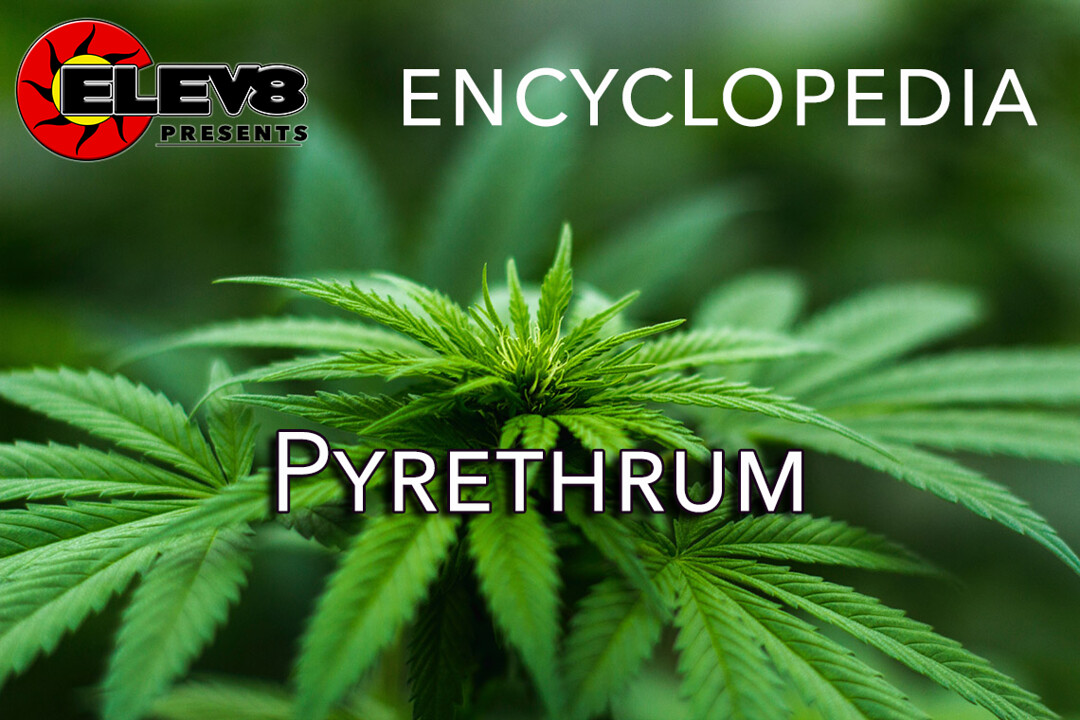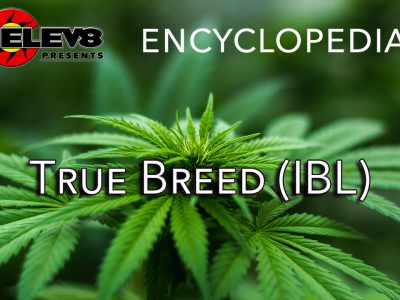What does Pyrethrum mean?
Pyrethrum is a pesticide that is derived from chrysanthemum plants.
Pyrethrum is technically the order of the plant family that includes chrysanthemums. However, the term is most often used in reference to the fact that it is also used as a pesticide. Pyrethrum pesticides are made from the dried flower heads of these plants.
It’s not all that uncommon for pesticides to originate from a natural state and therefore be deemed organic, but even organic pesticides can be potent chemicals, nonetheless. Pyrethrum is no exception.
More on Pyrethrum
Pyrethrum has proven to be one of the most effective and diverse pesticides. It’s used for everything from treating common garden pests to the treatment of poultry or cattle as a relief for fleas or flies. Because it is safe for humans and animals, pyrethrum is often referred to as “nature’s insecticide.”
Pyrethrum is one of the most widely used insecticides on the market. It’s valuable in the garden for eliminating almost any pest. For example, it’s used to treat cucumber beetle, ear worm, and even thrips.
There is some controversy and debate on pyrethrum regarding whether or not it can be authorized for use as an organic pesticide. It’s important to note that although pyrethrum is derived from a natural source, it doesn’t necessarily mean that it isn’t toxic to its environment in large amounts.
Pyrethrum is considered a broad-spectrum insecticide. This means that it will kill any beneficial insects along with the plant predators.







